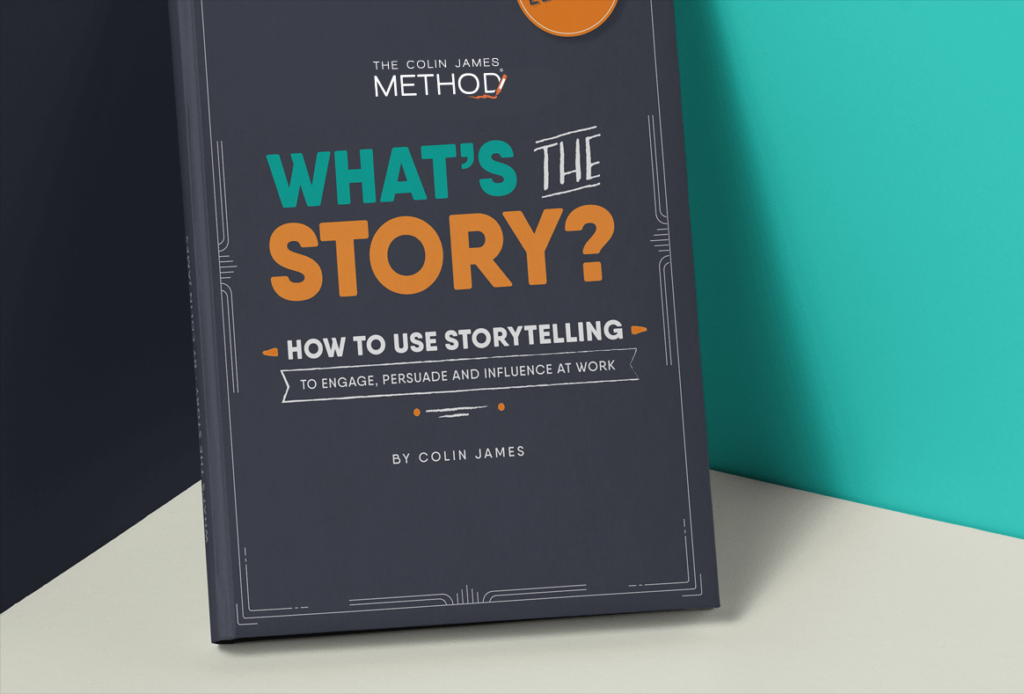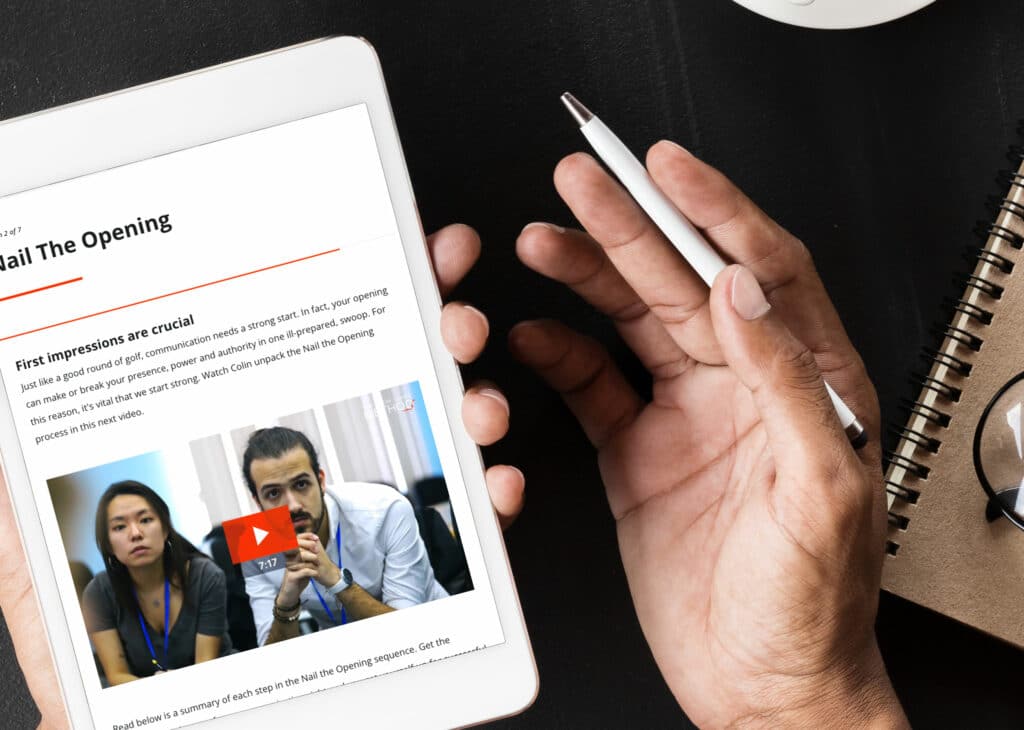From the time humans huddled caves for warmth and shelter, we have loved sharing our stories. Stories are a way for us to bear witness, to revel in our humanity and to ensure that some small part of us remains long after we cease to exist.
Storytelling is so powerful, because it allows us to travel beyond the realm of our own experience and cultivate empathy, imagination and curiosity. Take The Bourne Identity. Your existence may be unlike that of an international assassin with memory loss, but as the narrative unfolds, you start to get a sense of the character’s world, his challenges, and his emotional upheaval. Through his eyes you begin to have new experiences. It may even spur a desire to travel, to be a bit fitter, or in some very rare cases, to join a highly classified secret-service operation.
Contrary to popular belief, there isn’t a specific time and place for story-telling (aka bed-time or the pub.) There seems to be this notion that stories and business mix as well as water and oil — in other words, they don’t! However, a well-crafted story can elegantly convey a point that figures, facts and an over-packed slide simply cannot.
“However, a well-crafted story can elegantly convey a point that figures, facts and an over-packed slide simply cannot.”
Show don’t tell
‘Show don’t tell’ is something editors will scribble in large swathes of manuscript if a writer is describing something that is better off demonstrated. It is the difference between saying:
Hercules Thunderstorm was a very strong, very powerful manly man.
to
Hercules Thunderstorm swaggered over to the ute. Muscles rippling, he lifted the old Ford pickup as though it were a toddler’s tricycle and hurled it into the smoking abyss.
The latter demonstrates how strong and powerful our presumed protagonist is. It is a much more colourful and emphatic way of letting the reader know the extent of his might.
The same principle applies to anecdotes in the workplace. You may not want to get across how strong and powerful your muscles are (or you might, we’re not here to judge) but you may want to demonstrate how effective you are going to be in your new role. You can’t say:
I am a great CIO
Instead, you can craft a story that highlights challenges you faced in earlier situations and what you and your team did to overcome them.
This immediately puts your achievement in a relatable context, gives the audience a sense of what they might expect from you and allows them to see you as a fellow colleague with real hopes and dreams, rather than just a corporate-bot from Drone Headquarters.
Storytelling invites empathy
This brings us to the second point. A good story invites empathy. An audience will be more invested in your idea if they can understand who you are and what you want to achieve. You don’t just want to bore your audience with detail, you want to transport them into their imagination. For example, if it is a junior team, you may want to give them a foray into your early career:
I remember being where you all are now, only I had a frullet, which is a kind of front mullet and a suit that could only be described as brown. I was eager, ambitious and determined. I was also terrified that someone would discover I was a huge fraud.
Divulging a story like this shows that what your junior team members may be going through is universal. It also invites your team members to see you as a fellow human being instead of simply The Boss. It gives them the chance to see that if it was possible for you – frullet and all – to climb the ladder, it’s possible for them too.
“It also invites your team members to see you as a fellow human being instead of simply The Boss.”
What’s involved in telling a great story?
Contrary to popular belief, you don’t need to be Ira Glass to tell a great story. People who master the art of storytelling use all the elements of the P.A.V.E.R.S® method to great effect.
Be brief
If you’ve ever sat through your Uncle’s wedding reception ramblings, or a meandering phone call with your mum, you know that a great speech is a short speech. Think about the incident, get it down to its bare structure and then embroider.
Use beautiful language
We mentioned the glorious Stephen Fry in our Auditory piece, and we’ll mention him here again, because he truly is the master of using language to paint a vivid picture. Don’t just say: We’re going to hit our targets this quarter. Instead use: We’re going to go up to our targets, swing and hit them well into the stands. Get a sense of your audience and use analogies that will appeal to them, that help them have ‘aha’ moments. And remember: Jargon is NOT beautiful language.

Go and have experiences!
The best stories happen to those who have lived (and those who can tell a tale.) Make a choice to find yourself in unexpected, challenging new places, be observant and collect some great fodder for stories.
Even if you can’t go trekking in Nepal, look around at your life and examine what would make a great story. There are some fantastic storytelling podcasts such as: This American Life, The Moth, KCRW Unfictional, and RadioLab to give you a sense of how to weave compelling stories into a larger idea. So if your presentations feel as dull as ditchwater, maybe consider switching off the laptop and setting out for an adventure.
If you would like to know more about how you can tell effective and compelling stories then you should watch our Online Masterclass on creating memorable stories, with Colin James today.

The Colin James Method® Facilitators train corporate executives to improve their professional communication skills with a proven methodology. Our highly trained Facilitators and Coaches are recognised for their experience in their fields and have worked with many individuals and organisations around the world to master the art of communication.











